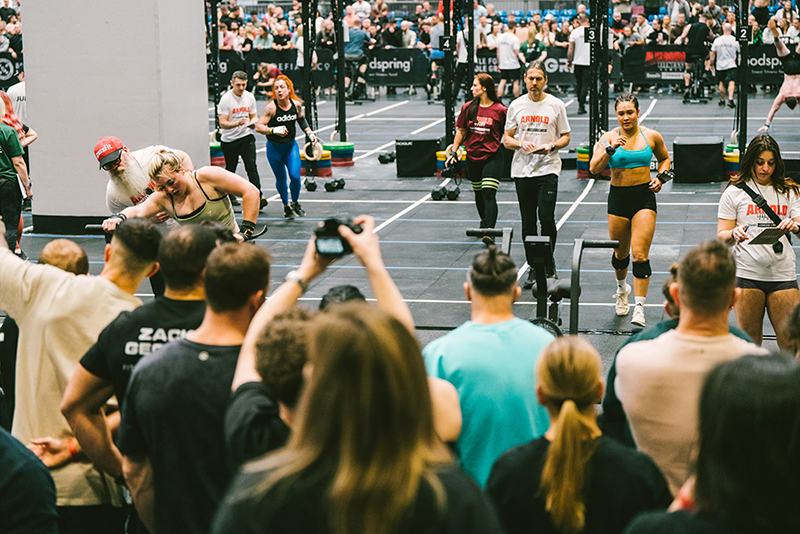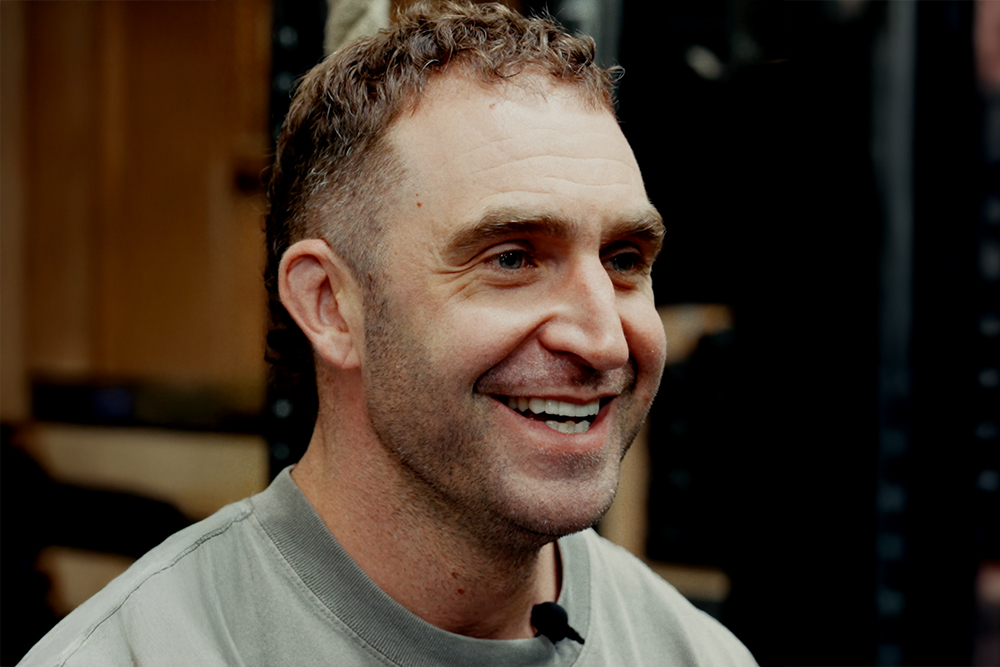Deadlift, Back Squat and Pullup Tips from Emily Steel

As a student of Sports Science and elite level Crossfit Athlete and weightlifting record holder Emily is perfectly placed to share her knowledge as an athlete.
You can read more about Emily here, or get straight to her tips for Deadlift, Back Squat and Achieving that first Pull Up below.
Deadlift training tips
A Deadlift is a weightlifting exercise where you lift a barbell from the ground to a standing position, using your legs and back muscles. It’s great for building strength in your lower body and core.
A true test of total body strength, the deadlift encompasses force and tension through the legs, hips, back and torso – utilising this many muscle groups enables athletes to move the heaviest of loads and the benefits carry through to multiple disciplines, from sprinting to jumping.
Whilst one of the most beneficial movements, it can also be one of the highest risks, with poor form risking the lower back to extreme compression. The key concept is to engage the posterior kinetic chain – calves, hamstrings, glutes, lumbar spine, upper back and trapezius. Getting these all working together for a safe and effective lift.
Take a deeper dive into the Deadlift via Science For Sport, here.
Emily suggests…
- When standing at the bar, have it over your feet, aligned with where your laces are, feet shoulder-width apart.
- Place your hands onto the bar, lifting your chest up to extend your arms.
- Pull your shoulder blades back together, squeeze your core and to lift; drive your feet into the ground as you stand up – engaging this way avoids injury to the back.
- Keep your bum low at the start of the movement, this will promote the push through the legs, as opposed to using the back.
Back Squat training tips
A back squat is an exercise where you place a barbell on your upper back and shoulders, then bend your knees and hips to lower your body down as if sitting on a chair. You then push through your heels to stand back up. It’s excellent for strengthening your legs, glutes, and core.
Back Squats empower some of the biggest muscles in the body, promoting growth and additionally, building strength. It is an incredibly technical exercise that requires a high energy output from your body and is a great way to target quads and glutes.
Men’s Health recommends using this exercise to improve general athleticism as it is powered through the knee and hip extension – this improves running, jumping, general explosiveness and power.
For Back Squats, Emily recommends:
- Starting with feet slightly wider than shoulders, when placing the bar rest it on your traps rather than atop of your spine.
- As you squat down, keep your chest high – taking a deep breath in, move down at a comfortable pace, and control it: don’t rush.
- Descend to the point where your thighs are parallel to the floor, engage your core, concentrate on pushing your knees out and drive upwards using your glutes.
- It’s important to avoid bending your knees inwards during this movement – keep them aligned with the direction of your toes.
Pull-up training tips
Why are pull-ups harder for female athletes? There are a few reasons, and it is widely recognised as a ‘thing’, but don’t worry – Emily’s tips will get you there!
The skeletal muscle mass difference between genders, specifically in the upper body and the composition of muscle fibres are contributing factors, if you’d like to read more on that Freeletics have a great article, here.
Pullups primarily target the back muscle, shoulders and arms, but the benefits can contribute to wider fitness and grip strength.
Here is Emily’s step-by-step guide to getting that first pull-up nailed…
First up, she recommends the ‘hollow hold’: a fundamental progression that builds core strength.
- Lay on the floor, back flat.
- Lift your feet from the ground, pointing your toes forward and raise your arms out beyond your head.
- Holding this will engage your core – aim for 30-45 seconds.
- If the hollow hold is a struggle you can build up with subtle adjustments: holding your knees nearer your body or extending a single arm above your head.
Next up is the ‘scap pull up’, which works a key muscle in the pull-up movement; the scapular.
- Grab the bar and adopt the hollow position practised whilst laid on the floor, hand should be slightly wider than the shoulders.
In this movement you’re essentially shrugging your shoulders up to your ears – the final pullup is simply an extension of this, keep pulling!
You can follow her on Instagram HERE and listen to her Sports Talks Inner Thoughts podcast, HERE.





